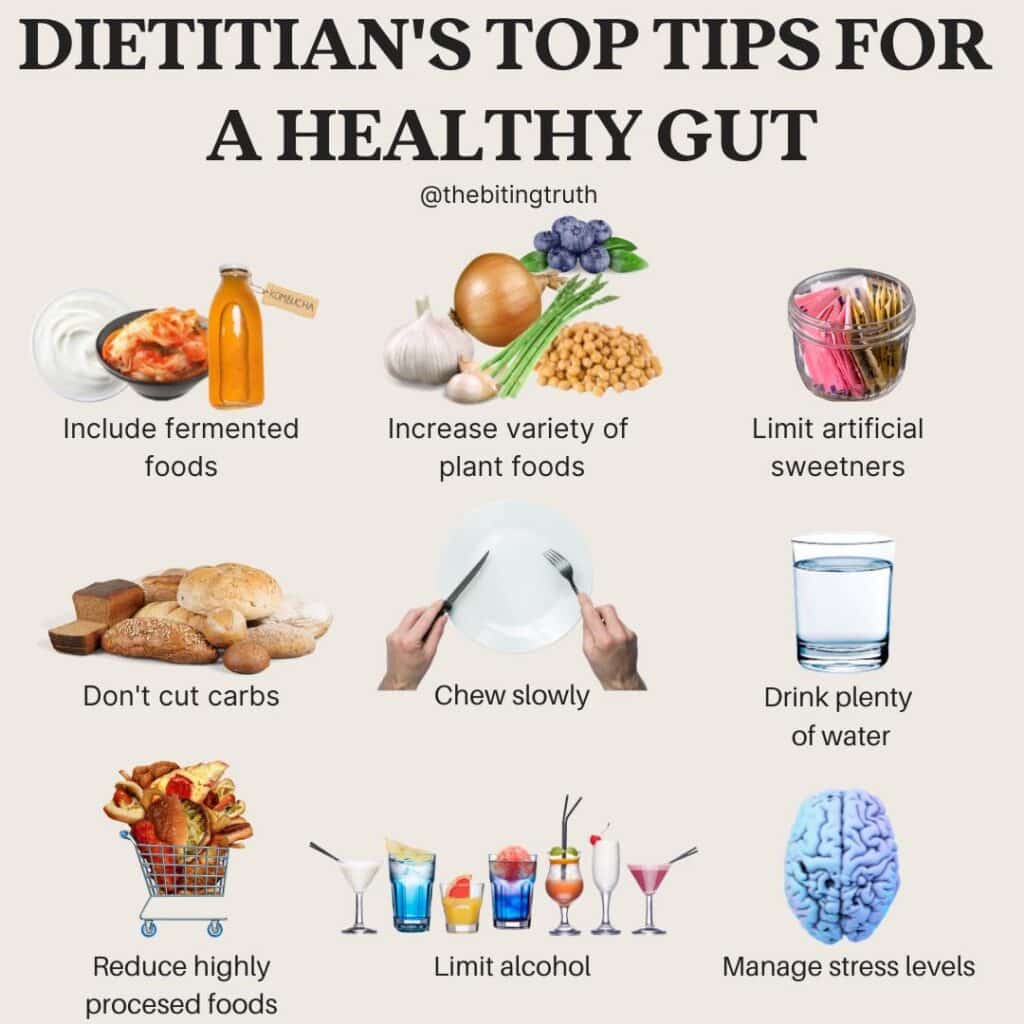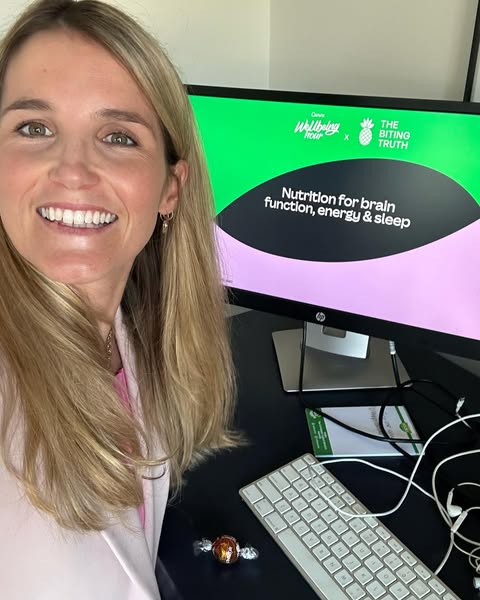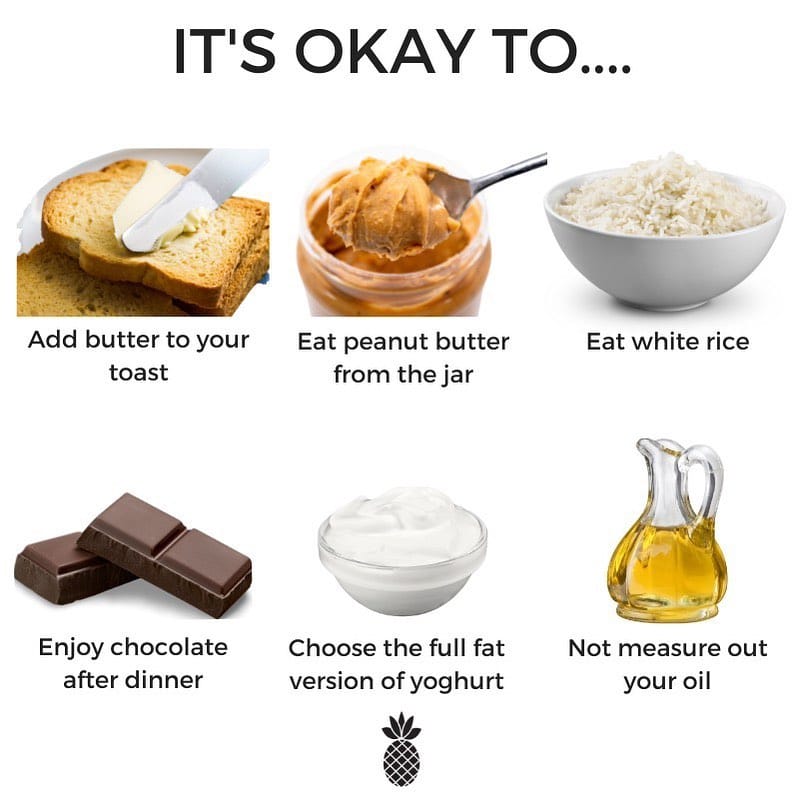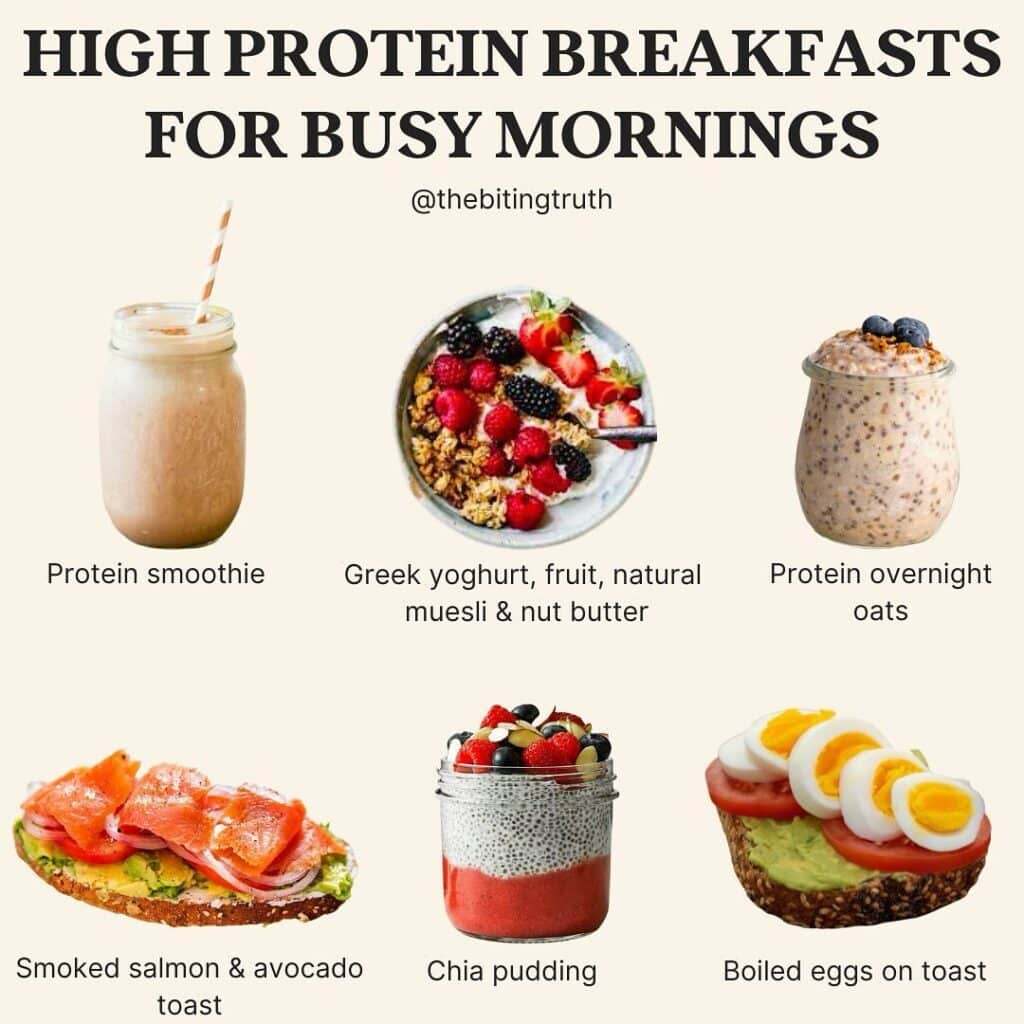Free shipping for orders over $80
Free shipping for orders over $80
A flexitarian (essentially a flexible vegetarian) is somebody who aims to eat a predominantly vegetarian diet while enjoying meat occasionally. The flexitarian diet is ranked as one of the best diets by the U.S. News & World Report, based on input from a panel of health experts.
This diet is rich in plant foods and all about being ‘pro plants’ as opposed to ‘anti meat’.
As for other plant-based diets, each flexitarian’s reason for adopting their diet is unique, be it an environmental, ethical or health decision. Take your pick of the many benefits of a flexitarian diet:
The flexitarian diet is more of a lifestyle than a diet and there are no clear-cut rules you must follow. The best way to get started is to make gradual changes which don’t involve cutting out your favourite foods. There are many ways to practice a flexitarian style of eating and it’s up to the individual which one works best for them.
To get started you can:
We aim to consume 2 vegetarian meals and 1 meat meal per day, however, we’re flexible with this.
Here’s an example of what a typical day would like like! You can check out our Instagram page where we share more examples!
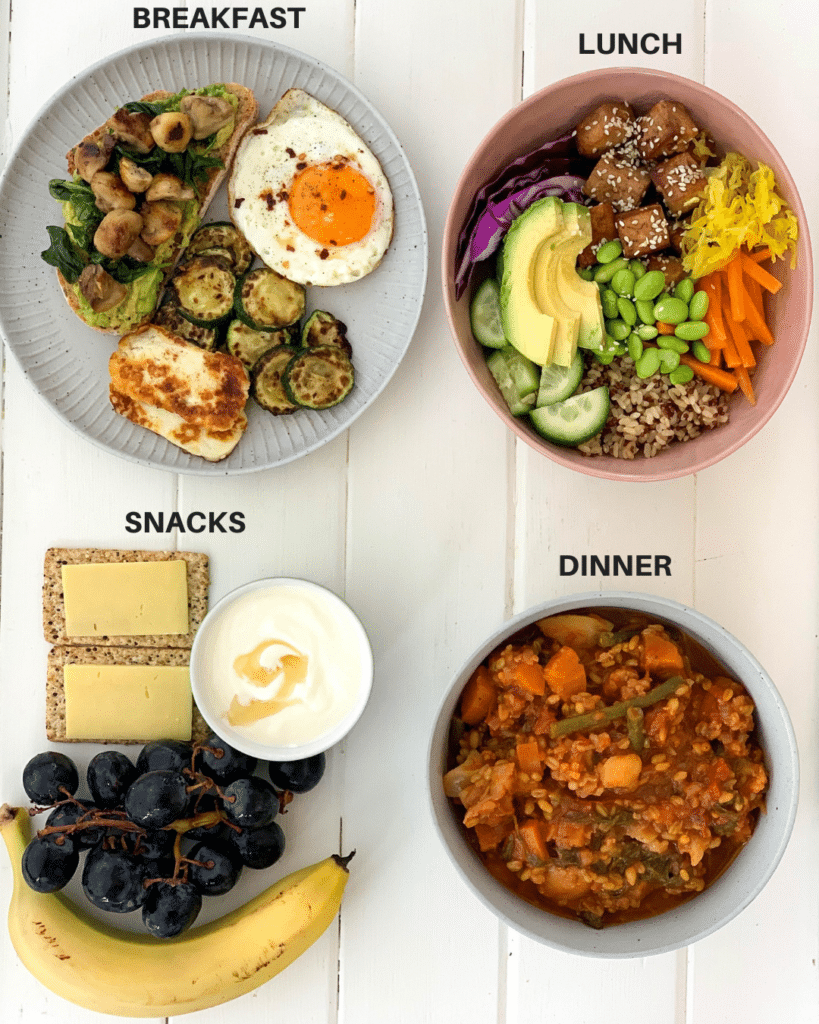
The flexitarian diet is great for our health and the planet and is super flexible, so why not give it a go?
For more information and loads of delicious flexitarian recipes, check out our cookbook!
